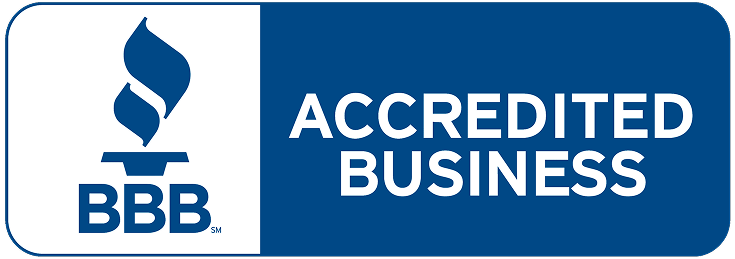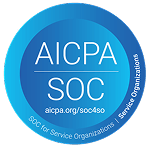F-1 visa interview questions no one prepares you for (with example answers)
Most students preparing for an F-1 visa interview practice the same standard questions: Why this university? What will you study? Do you have family in the U.S.?
But the questions that trip students up are often the ones no one tells you to expect. The visa officer isn’t just checking your paperwork. They’re evaluating whether your answers show clear intent, financial preparedness and ties to your home country. Even one vague or confusing answer can cause a delay or denial.
Here are the less obvious F-1 visa questions that students often struggle with and how to answer them with confidence.
Why F-1 visa interview answers matter
F-1 visa interviews are short. Most last under five minutes. You may only get one or two questions, or you may get a dozen. Either way, the officer is looking for consistent, believable answers that align with your documents.
They are also trained to spot red flags. That includes:
- Memorized answers that sound too scripted
- Confusing or unrealistic financial details
- Unclear career goals
- Gaps between what you say and what’s on your DS-160 or I-20
Good answers are short, clear and honest. But you still need to prepare.
F-1 visa interview questions students don’t expect, with example answers
Here are some of the harder F-1 visa questions that can catch students off guard, along with example responses that work.
Why can’t you study this program in your home country?
This question tests whether your decision to study in the U.S. is genuine. Avoid saying your home country’s education is bad. Instead, focus on what your U.S. program offers that’s unique.
Example answer:
The program I chose offers hands-on lab experience and project work that I couldn’t access in my home country. It also connects students with companies for internships, which is important for my career goals in biotechnology.
How will studying in the U.S. help your long-term career?
Visa officers want to hear a clear link between your degree and your future plans. This is especially important for postgraduate students.
Example answer:
I plan to return to Colombia and work in renewable energy policy. My master’s program focuses on energy systems and regulation, which will help me qualify for jobs in our Ministry of Energy or large-scale infrastructure projects.
How do you plan to support yourself financially while studying?
Even if your I-20 shows funding, the officer may ask how you’ll manage expenses beyond tuition.
Example answer:
I have a private education loan from MPOWER Financing that covers tuition and part of my living costs. I’ve also saved money from my current job.
What will you do if you run out of money?
This tests whether you have a realistic backup plan. Avoid saying “I’ll work more” since off-campus work isn’t allowed without authorization.
Example answer:
I’ve planned out my strategy for studying abroad and budgeting for the full length of my program. I also have emergency funds from my family and would reduce personal spending before taking other steps. If anything changes, I’ll first speak with my university’s financial aid office.
Who is your sponsor and what do they do?
If your funding comes from a family member, be ready to explain their job and income clearly. Don’t just say “my uncle is helping.”
Example answer:
My father is a manager at a steel company and has worked there for over 20 years. His annual income is equivalent to US$42,000. I’ve submitted his bank statements and letter of employment as part of my application.
What ties you to your home country?
The F-1 visa requires you to show intent to return home after graduation. The officer wants proof that you won’t try to stay in the U.S. illegally.
Example answer:
My entire family is in Vietnam, and I plan to return after my studies to work in health care policy. I’ve already been in touch with two organizations in Hanoi where I’d like to apply.
What will you do after you graduate?
Even if you plan to stay for OPT, your answer should show that you understand the rules and eventually plan to leave.
Example answer:
After graduation, I hope to apply for optional practical training in data analysis. Then I plan to return to Kenya to work for a startup or tech company focused on logistics and mobility.
What happens if your visa is denied?
This question checks your maturity and long-term intent. Avoid sounding angry or defensive.
Example answer:
If it’s denied, I’d ask the officer for clarification, review what went wrong and consider reapplying. I’ve worked hard for this opportunity, so I would look for ways to strengthen my application.
Mistakes that make good answers sound suspicious
You may know what you want to say, but how you say it matters too. These common missteps can turn a decent answer into a red flag:
- Sounding like you memorized your answers word for word
- Giving overly vague career plans or switching goals mid-interview
- Mentioning unauthorized work as a funding source
- Saying things that don’t match your DS-160 or I-20
It’s okay to pause and think before answering. You don’t need perfect English, you need clear intent.
HOW MPOWER Financing helps you with F-1 visa interview prep
A strong visa interview starts with a solid foundation. That means knowing your program, having a clear financial plan and feeling confident about your purpose.
MPOWER Financing supports international postgraduate students by providing:
- A free visa support letter
- A free visa essentials course that provides a strong foundation of what to expect in the interview process
- No cosigner private international student loans that help you meet funding requirements
Thousands of students have used MPOWER to secure their funding and speak confidently in their visa interviews.
Check your eligibility
Get ready for the questions no one warns you about
Visa officers expect honest answers, not perfect ones. Preparing for the unexpected questions helps you stay calm, avoid contradictions and show that you’re serious about your education.
Practice out loud, write down your answers and talk to your school’s international student office if you’re unsure how to respond. A few minutes of preparation now can make all the difference at your interview.

